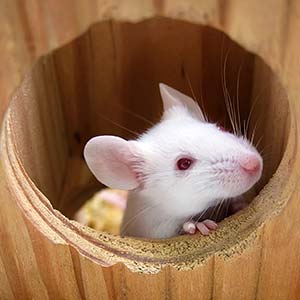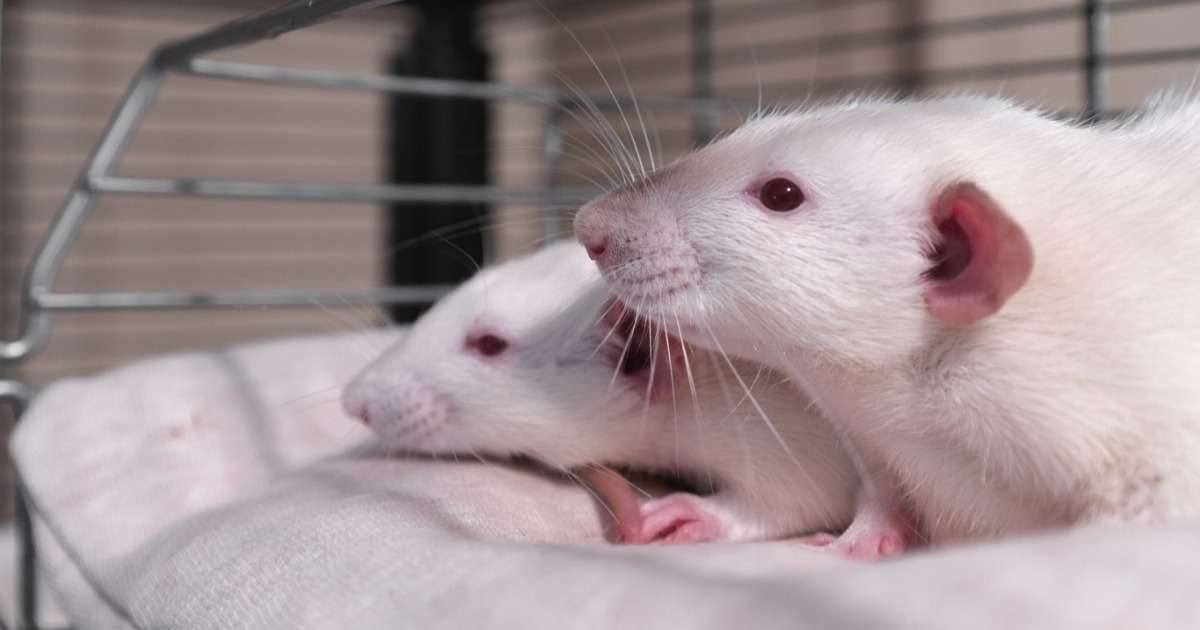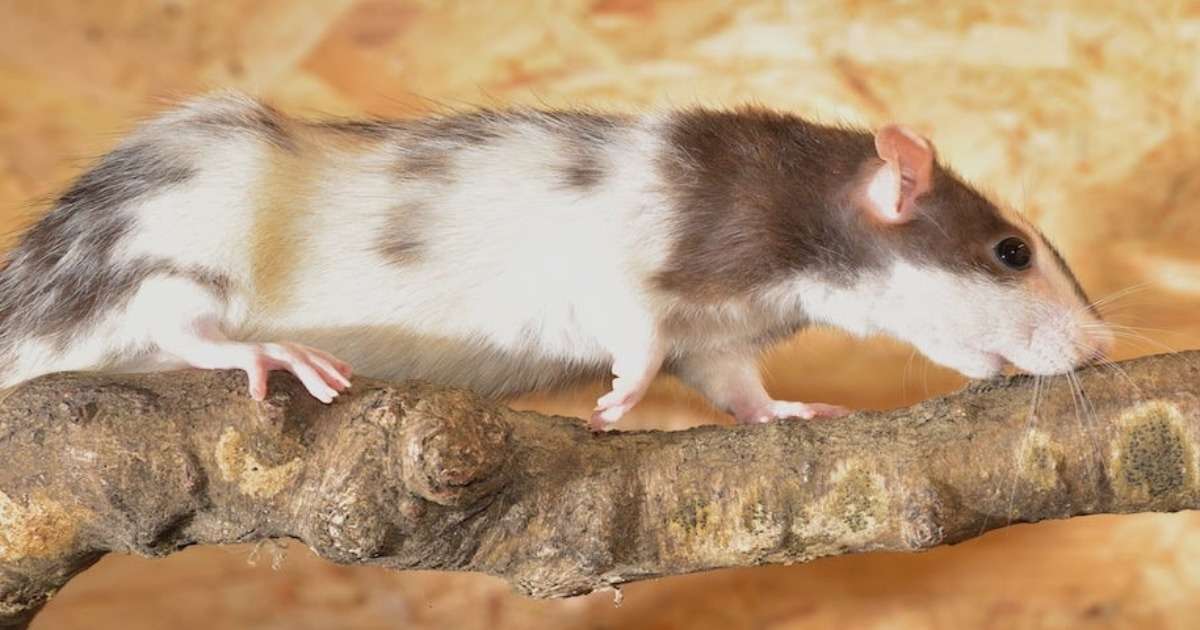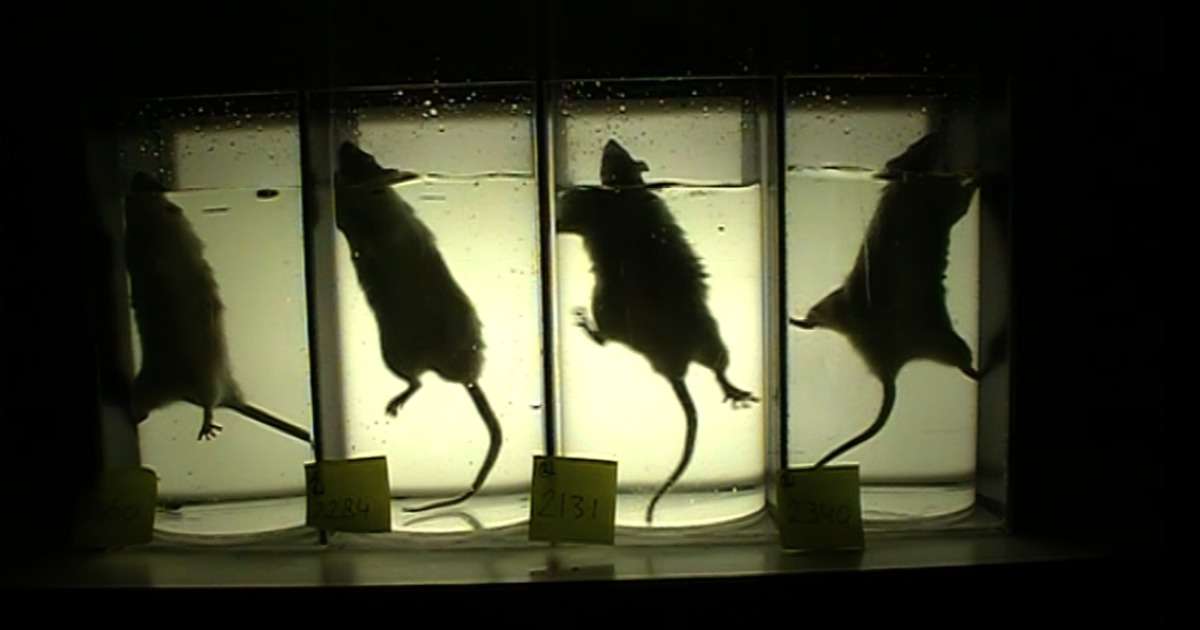
Unraveling the chemistry of mood disorders
The most common psychiatric disorders are mood and anxiety related. However, the underlying mechanisms of these diseases are still largely unknown. This complicates the development of effective treatment and drugs. There are a large number of standard behavioral tests for mouse or rat models of psychiatric disorders. Many of these tests have a very short duration, between 5 and 60 minutes. Handling the animals prior to the test and their response to the new environment can influence the test results.
Standard behavioral tests for psychiatric mood disorders
Long term observation with PhenoTyper
Kas et al. [1] developed a method for testing avoidance behavior in mice over a longer time period in an environment that resembles their home cage. They determined motor and avoidance behavior of different mice strains during 72 hours. The authors used PhenoTyper, an observation cage for rats or mice which is completely optimized for video tracking. The cage contained two feeding areas, one with a shelter and one that was exposed. With EthoVision XT video tracking and analysis software they analyzed the preference for either shelter. This preference was used as a measure for the anxiety level of the different strains, because anxious mice tend to avoid open, exposed spaces.

Linking behavior to genes with PhenoTyper
In the first 24 hours of the test, the mice had increased motor activity, indicating an effect of handling and novel environment. Avoidance behavior was determined during the second and third day of the test. Using many inbred mice strains, the authors could locate regions (QTL’s) on two mice chromosomes that were linked with avoidance of the exposed shelter. These QTL’s were found on chromosomes 15 [2] and 19 [3]. The avoidance behavior only occurred in female mice, indicating that the anxiety related behavior may be gender specific. Interestingly, the QTL’s on both chromosomes were homologous with regions in the human genome that are linked with bipolar disorder.
The importance of long term observations
These results show the importance of long-term observations. Mouse chromosome 19, for example, has not often been linked with anxiety related behavior in previous research. This is possibly due to the fact that only female mice showed the avoidance behavior. But since standard tests have a short duration, the avoidance behavior may also have been confounded by the response of the animals to handling and the novel environment. The results described above would not have been found in a short term standard test, since the avoidance behavior was not found during the first day of the study and the mice had a higher motor activity during this day. PhenoTyper is designed for long term observations, which makes it suitable for research on behaviors that are difficult or impossible to assess with short term behavioral tests. PhenoTyper is a good device for studying mood disorders with mouse models. With these tests the underlying molecular mechanisms of mood disorders could be unraveled, helping to develop effective treatment for these disorders.
References
- Kas, M. J., de Mooij-van Malsen, A. J., Olivier, B., Spruijt, B. M., & van Ree, J. M. (2008). Differential genetic regulation of motor activity and anxiety-related behaviors in mice using an automated home cage task. Behavioral neuroscience, 122(4), 769.
- de Mooij-van Malsen, A. J., van Lith, H. A., Oppelaar, H., Hendriks, J., de Wit, M., Kostrzewa, E., & Kas, M. J. (2009). Interspecies Trait Genetics Reveals Association of< i> Adcy8</i> with Mouse Avoidance Behavior and a Human Mood Disorder. Biological psychiatry, 66(12), 1123-1130.
- de Mooij‐van Malsen, J. G., van Lith, H. A., Laarakker, M. C., Brandys, M. K., Oppelaar, H., Collier, D. A., & Kas, M. J. (2013). Cross‐species genetics converge to TLL2 for mouse avoidance behaviour and human bipolar disorder. Genes, Brain and Behavior.
Get the latest blog posts delivered to your inbox - every 15th of the month
more

Taking opioids during pregnancy: short- and long-term consequences in rats
Women worldwide are suffering from opioid addiction. Many receive so-called opioid-maintenance therapy using bup, but consequences for both mother and baby are largely unknown.
Depressed with a failing reward system: social stress disrupts brain waves
Chronic social stress has a huge impact on well-being. Gamma oscillations have been found to be an electrophysiological link between social stress and reward processing.

